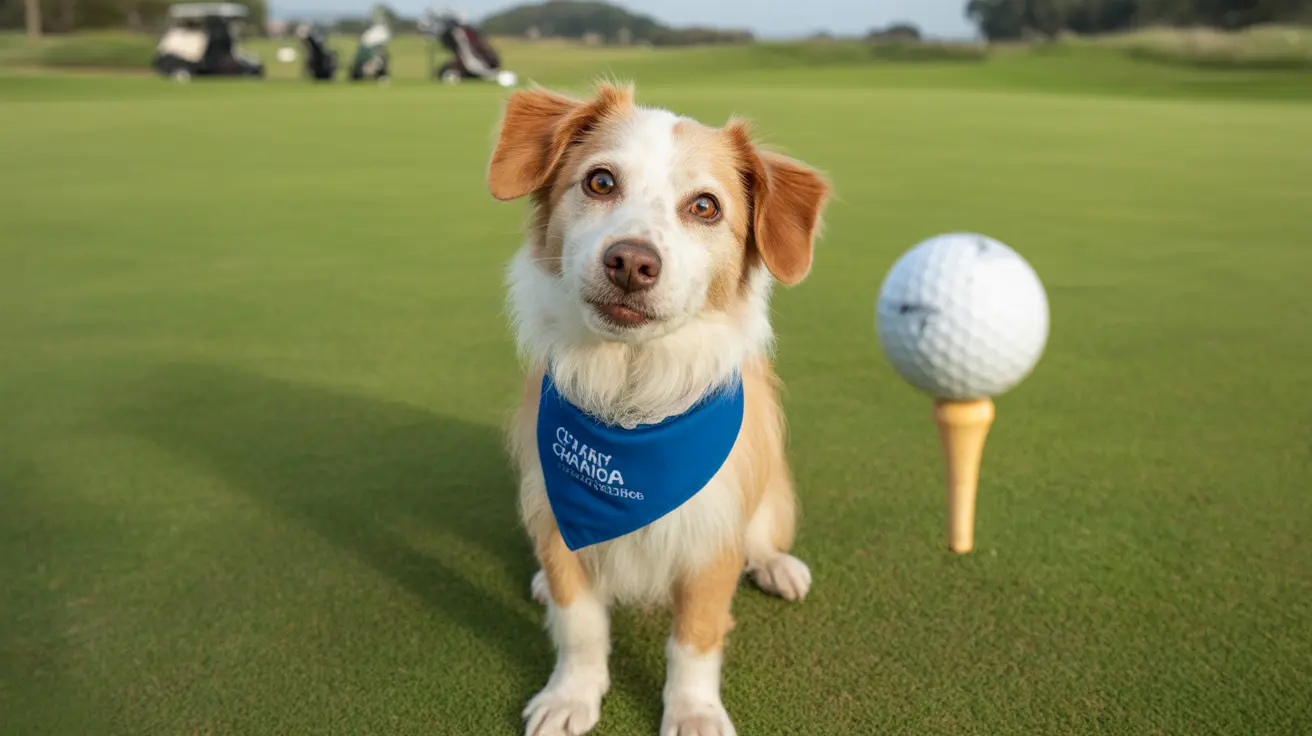Understanding the 3-3-3 Rule When Adopting a Dog
Adopting a dog is an exciting and rewarding experience, but it also comes with its own set of challenges. One popular approach to understanding your new pet’s adjustment period is the 3-3-3 rule. This guideline outlines what adopters can generally expect in the first 3 days, 3 weeks, and 3 months after bringing a rescue dog home. It helps set realistic expectations and fosters a nurturing environment for the dog during its transition.
What Is the 3-3-3 Rule?
The 3-3-3 rule is a helpful way to understand your adopted dog’s behavior and emotional state during the crucial early phases of their new life:
- 3 Days: The dog may feel nervous, overwhelmed, or confused. It might not eat or interact much and may spend a lot of time sleeping or hiding.
- 3 Weeks: The dog starts to settle in, begins to understand routines, and shows more of its real personality. Bonds start forming, but training and boundaries become important.
- 3 Months: The dog is typically adjusted, fully comfortable, and increasingly bonded with their human family. This is also when trust is established and habits become more ingrained.
First 3 Days: Survival Mode
Immediately after adoption, a dog is likely to be stressed and overwhelmed. It may behave skittishly, seem lethargic, or show signs of anxiety. Some common signs during these early days include:
- Reluctance to eat or drink
- Hiding in corners or under furniture
- Excessive sleeping or pacing
- Minimal interaction with humans
Your job during these days is to create a calm, quiet space for your dog. Give them time to decompress and do not force interactions. Let them explore on their own terms.
Next 3 Weeks: Settling In
After the first few days, most dogs start feeling safer and become more curious. You may notice:
- Increased energy and playfulness
- Better appetite
- Behavioral changes as their true personality emerges
- Testing of boundaries and limits
This is the ideal time to start introducing basic obedience training, socialization, and routines. Use positive reinforcement and establish consistent rules to build a secure environment that promotes trust.
First 3 Months: Building Trust and Belonging
By the three-month mark, a well-handled dog will generally have bonded with the family and feel secure in their home. Signs of full adjustment include:
- Strong understanding of household rules
- Consistency in training responses
- More affectionate behavior
- Established routines
By now, a sense of mutual trust and communication should be forming. Continue positive reinforcement, regular exercise, and mental stimulation to ensure a happy, healthy companion.
Why This Rule Matters
The 3-3-3 rule isn’t a scientific law but rather a practical guide to frame expectations. Every dog is different, but this rule helps to:
- Reduce returns to shelters due to misunderstandings
- Increase empathy toward the dog's emotional needs
- Guide families in supporting their pets through transition
How to Support a Dog Through These Stages
Here are tips for each stage to help your dog adjust more easily:
- 3 Days: Keep the environment calm, avoid unnecessary stimulation, allow exploration, and be patient.
- 3 Weeks: Introduce a routine, begin basic training, and encourage bonding through consistent meals, walks, and gentle play.
- 3 Months: Deepen socialization, continue training, and involve the dog more in family activities such as trips, visits, and games.
Final Thoughts
Understanding the 3-3-3 rule can dramatically improve your experience as a dog adopter. It gives you a framework for what to expect and how to respond with compassion and patience. Every dog deserves stability, love, and time to thrive in their forever home. By following this rule, you set both yourself and your pet up for a successful lifelong relationship.





